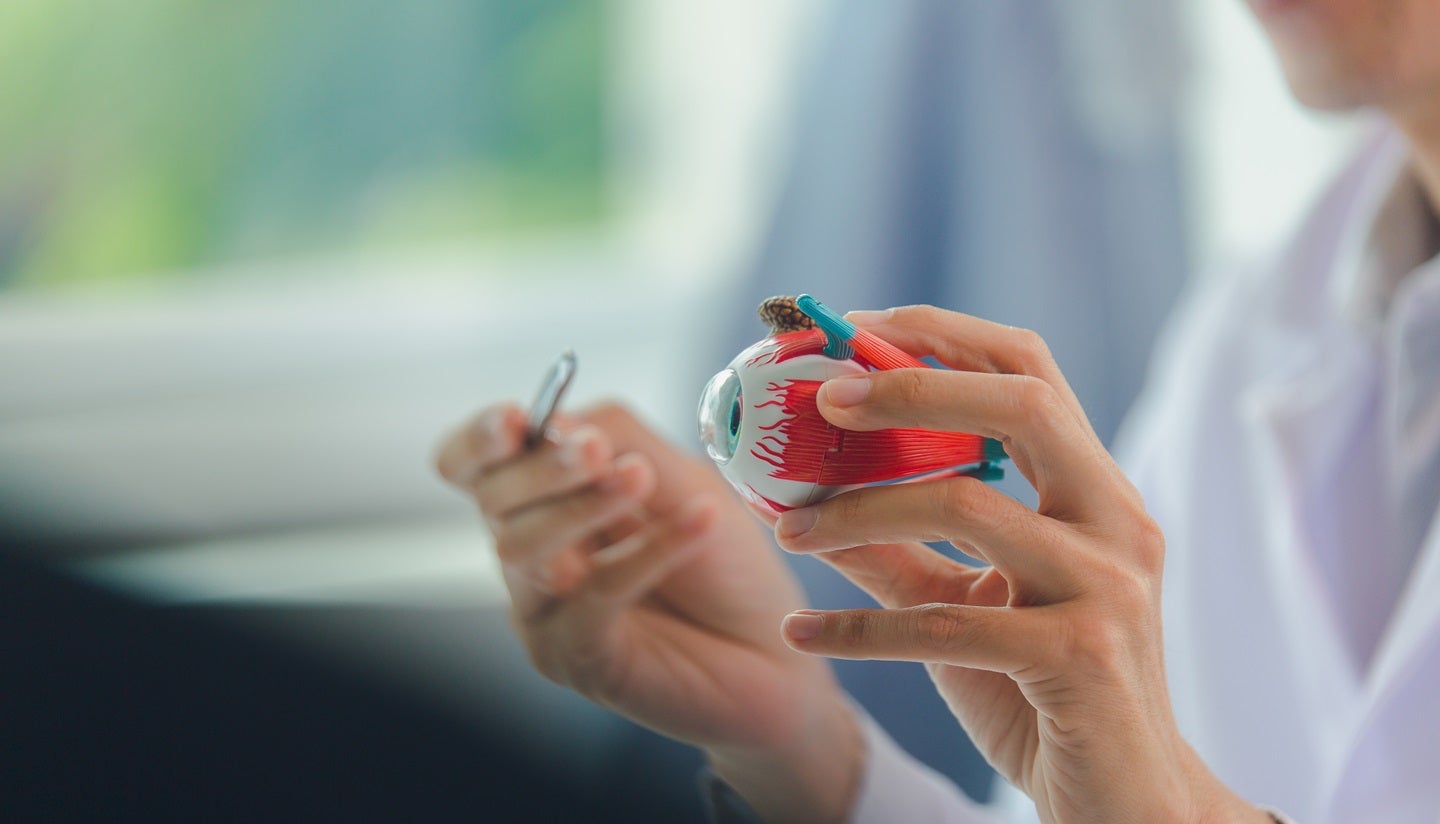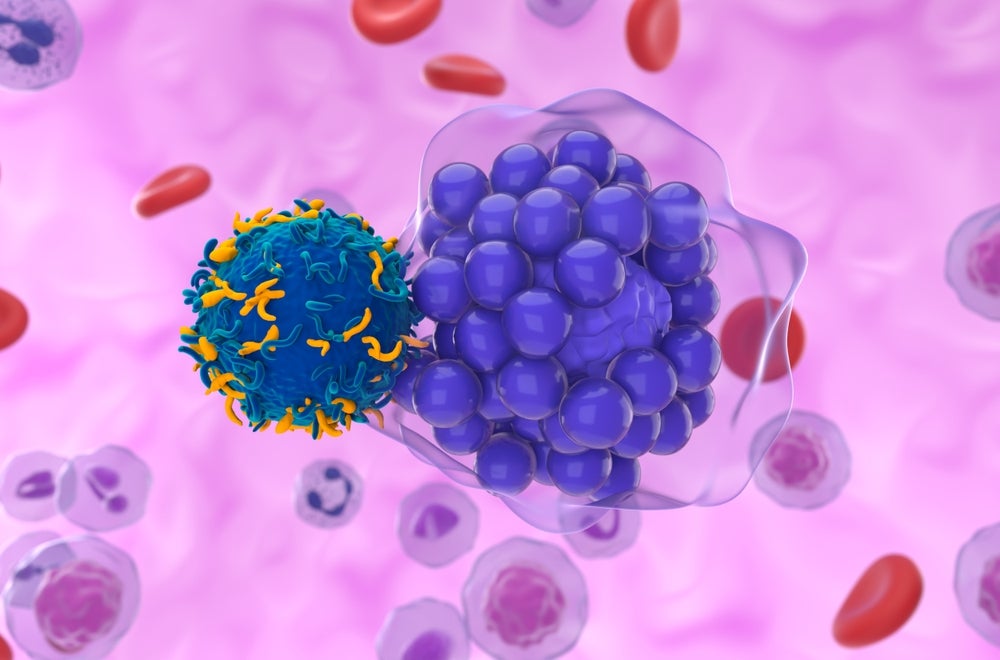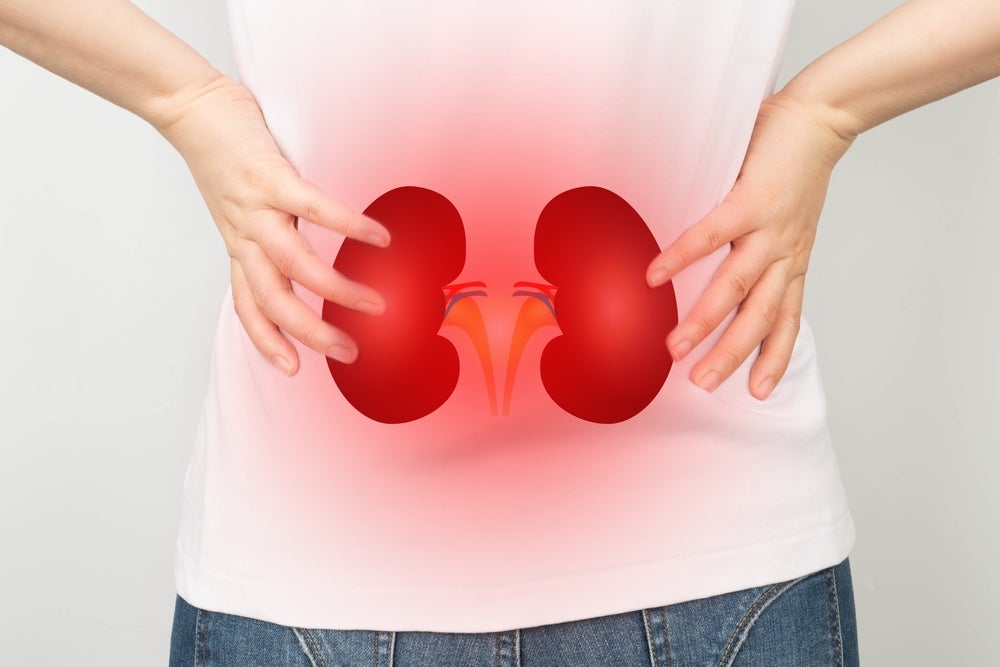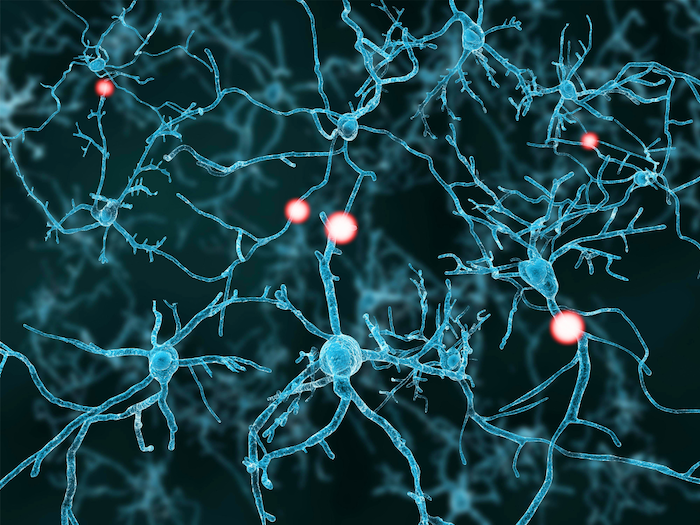With its squishy synthetic platelets, the startup SelSym seeks to reduce risk from bleeding
Platelets are always in low supply with an additional problem with these sticky cell pieces being that platelets usually need to be utilized within five days, unlike whole blood, which may be stored for up to 35 days following donation. Ashley Brown, a biomedical engineer at North Carolina State University (NCSU), stated that platelets cannot […]

Platelets are always in low supply with an additional problem with these sticky cell pieces being that platelets usually need to be utilized within five days, unlike whole blood, which may be stored for up to 35 days following donation.
Ashley Brown, a biomedical engineer at North Carolina State University (NCSU), stated that platelets cannot be stored. He further added that it is not customary to transport platelets or other blood products to distant locations, like rural hospitals or combat zones, or to have them in an ambulance. Platelet retrieval is extremely challenging in these regions, even though bleeding issues are highly prevalent there.
Her NCSU team has now developed synthetic platelets as a potential remedy. The researchers proved their efficacy in mice, rats, and pigs in a published report. These studies will probably be included in an FDA investigational new drug application under the name SelSym Biotech, a business that Brown co-founded with three other paper authors to bring their research to market.
There have been attempts to address the scarcity by prolonging the shelf life of donor platelets; however, these measures have only succeeded in extending it for a week or so. Unlike red blood cells, platelets must be kept at room temperature for storage since refrigeration is thought to impair their viability after being transfused into patients. Although at least one clinical experiment has demonstrated that this isn’t usually the case, the room temperature norm is still in effect as of right now. Platelets must be utilized shortly after donation because they are kept in an environment conducive to developing germs.
According to Brown, SelSym’s solution uses a “biomaterials approach.” Their product is made up of tiny, soft hydrogel particles that are immediately bonded to the protein fibrin, which is present at the site of wounds, by antibodies. As described by Brown’s team in a recent publication, these “platelet-like particles,” or PLPs, travel throughout the body until they come into contact with fibrin, which initiates a series of events that halt the bleeding.
Haima Therapeutics, a rival participant in the synthetic platelet business, employs a different tactic than SelSym. First off, the product made by SelSym is only intended to replicate one of the several functions that platelets play in controlling bleeding—in this example, the process of secondary hemostasis, in which platelets attach to fibrin. Conversely, SynthoPlate, a product of Haima, also enhances certain aspects of primary hemostasis. Second, SynthoPlate is a nanoparticle that differs somewhat from SelSym’s hydrogel coated in antibodies in that it is constructed from a liposome coated in peptides.
Brown’s team chose to focus just on fibrin for a few reasons. Firstly, she pointed out that this lowers the possibility of an unintended blood clot forming, which is a danger associated with any bleeding-stopping device. In addition, the squishy, soft nature of the PLPs has the added advantage of improving clot retraction, which is the process by which the clot shrinks when more fluid is drained out. This attribute has already been studied by her team in earlier research.
What's Your Reaction?

































